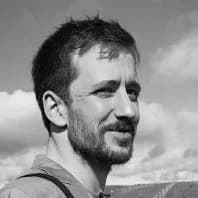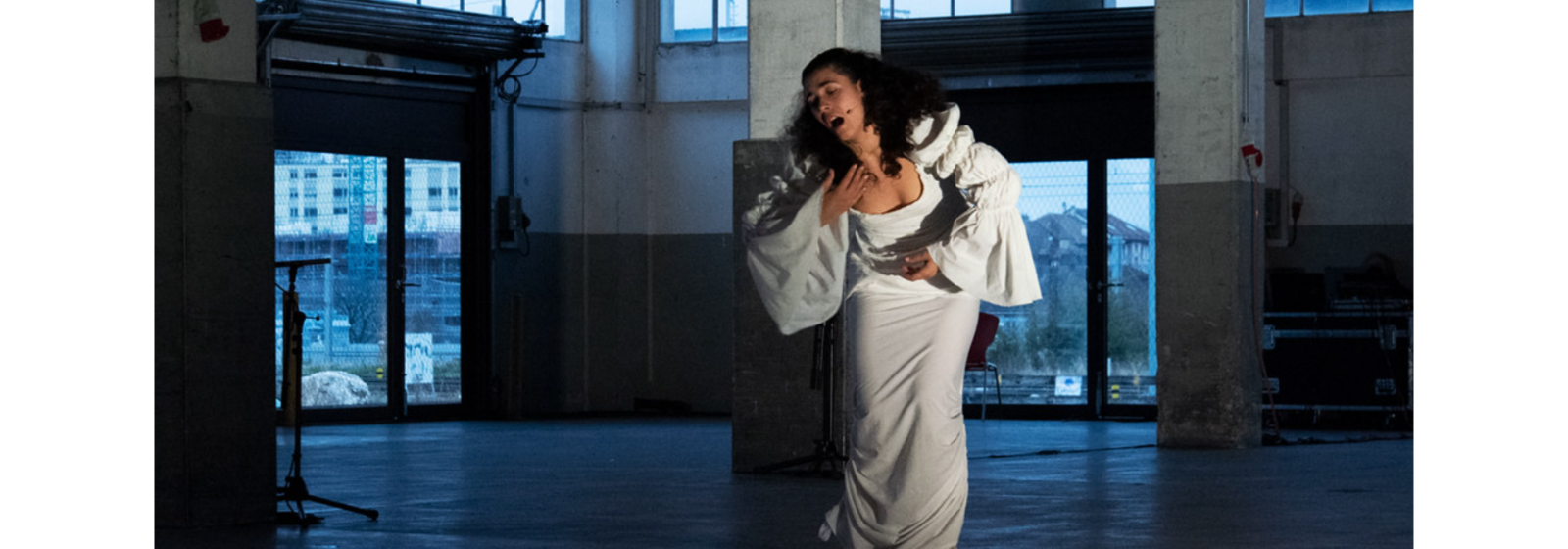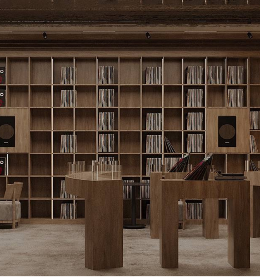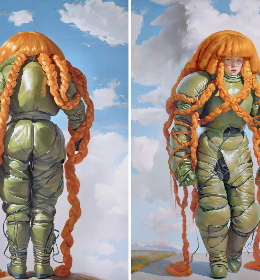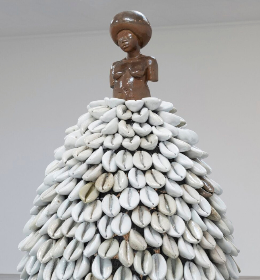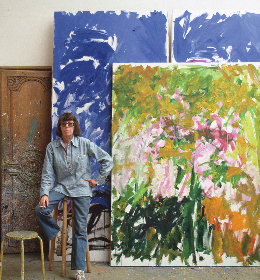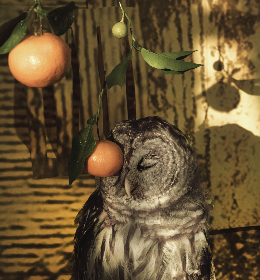The exhibition "ECHOES", built around physical and vocal performances, combines the work of Lara Dâmaso - originally from Biel, but now based in Zurich - with that of three guest artists, Nikima Jaguradev, Tarren Johnson and Mario Petrucci Espinoza.
Here, Lara Dâmaso aims, through vocal exercise, to broaden expression beyond language, considering "the voice as an equal medium to body movement and dance, thus being the main form of human expression...", yet this faculty, and its potential, has so far been only "partially explored, if not ignored, feared or censored."
Interview.
"Your thesis is that movement is always a reaction or a response to something. What are you responding to here?
For the time being, it is a response or reaction to something perceptible, unconscious perhaps. A way of dialoguing without using the intellect. In the video "to the unborn: catharsis" (2022) the movement of my voice, my gaze, and my body, aims to externalise my emotions, to communicate without words, while integrating them, accepting them. The movement responds or rather reacts to a strong emotion (a sadness, a pain) and allows the circulation and transformation of these emotions.

Mario Espinoza Performance 24 June 2022, Krone Couronne. Credit photos: © James Bantone
The installation "Echo Chamber" (2022) is a scenography, a space, a passage, made of curtains, sliding from top to bottom to allow the meeting of several voices, which not only answer each other, but above all coexist. These voices have been set in motion, recorded, in this same space, at different times, before leaving their echoes behind. For the recording of the performances, the artists gave "body" to their voices. They listened to the space they were in, as well as to their inner space at the time of the performance. By giving free rein to their voices in an improvised or composed way, the artists Nikima Jagudajev, Tarren Johnson and Mario Espinoza responded to this space, and entered into a dialogue with it.

Performance ECHOES, Lara Dâmaso 10 June 2022, Krone Couronne Credit photos: © Guadelupe Ruiz
In this idea of dialogue, of full-fledged expression through voice and movement, in what way do your four 'tones', 'physical and vocal discourses', differ or complement each other? Is it a panorama of different means of expression?
A tone will never be the same twice, and will therefore constantly be distinguishing itself, whether we like it or not. The proof is that repetition leads to its transformation. The only way to stop the movement is to record it, to fix it, so that it can be put alongside other compared tones. In addition to this, I am interested in the physical provenance of the tone, where it resonates in the body, almost physiologically and anatomically - the belly, the rib cage, the chest, the throat, the shoulder blades, the skull, the nose, etc. The passage of the voice through these physical spaces allows them to be opened up, and through the voice, to carry - and bring out - the sensitive information that is stored or blocked there. This can be read in 'A score for various paths to polyphony' (2022), printed on the outer window.
By refusing to consider this work as a "collaboration", is the idea that expressions feed off each other, rather than participating in a project to which each person "contributes"? That on their own they would not be able to express themselves in this way?
Yes, I like to think that each person participating in this exhibition is engaged in a process of sharing, opening and listening. We are co-dependent and create matter together.
"ECHOES" is on view until 16 July.
Cover image: Lara Dâmaso, her harsh, high and deep voice a polyphony, Les Urbaines, 2021. Photo © Gaia Lamarre



